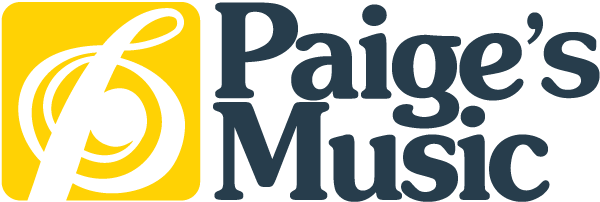What is a Reverse Leadpipe? A trumpet player’s guide to determining the perfect fit.
While searching for the perfect new trumpet, many customers encounter the dilemma of, “Well this horn has a standard leadpipe, but this horn has a reverse leadpipe. What’s that difference?” Thank you for asking!
A leadpipe on any trumpet is the main receiver for the instrument in which the mouthpiece fits into, and connects to the main tuning slide. The means in which the leadpipe connects to the main tuning slide is what constitutes the term “standard” (non-reverse) or “reverse”.
For standard leadpipes, the main tuning slide fits inside of the leadpipe as pictured below.
Players who are mostly playing at loud volumes usually prefer the standard option as there is less variance in the quality of sound at those levels compared to the reverse leadpipe.
Reverse leadpipes are simply the opposite, in which the leadpipe fits inside of the main tuning slide.
A reverse leadpipe will likely be noticeably longer than the standard option. This factor increases the distance in which there will be any small gap going from leadpipe to tuning slide, resulting in what most players describe as less air resistance and more consistent intonation.
Ultimately, what is best for you will require being able to compare several options side by side in order to determine what instrument feels, plays, and sounds the best based on your own personal style.
For those in the market for a new trumpet, you are in luck! Here is a list of our trumpets here at Paige’s, sorted by leadpipe designation.
Standard (non-reverse) Leadpipe:
Yamaha- YTR5335 (GSAL, GSIIAL), YTR8335 (II, SIIS, LAS), YTR9335 (CHSII, NYSII)
Bach- 180S37, 180S43
Reverse Leadpipe:
Yamaha- YTR5330MRC (Mariachi), YTR8335IIRS, YTR8345IIS,
Jupiter- JTR1100S
All customers are more than welcome to come in and try out all of the horns in our store at any time in order to find his/her best fit!
